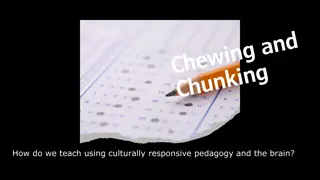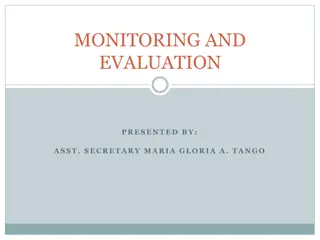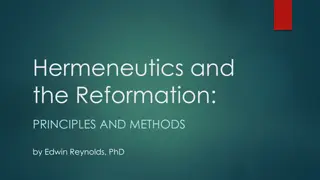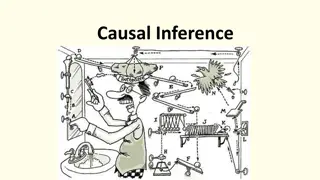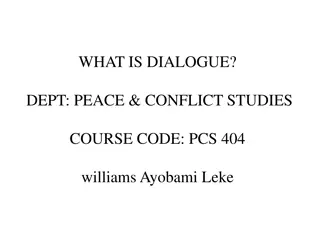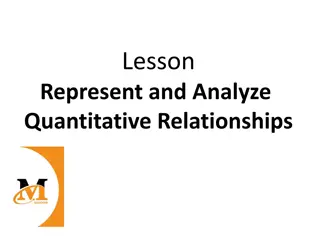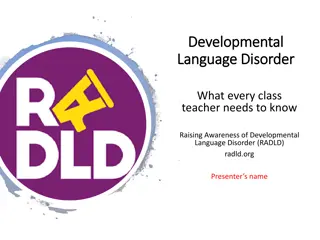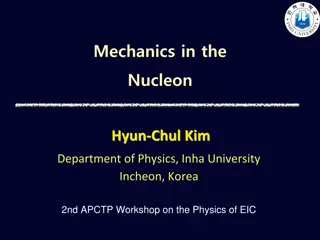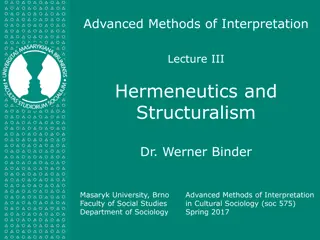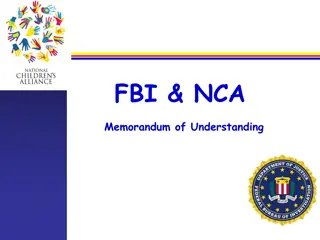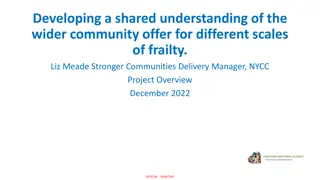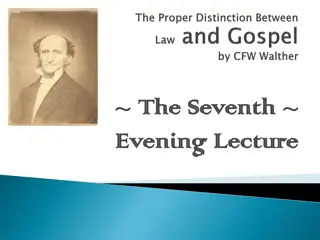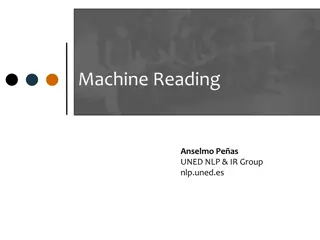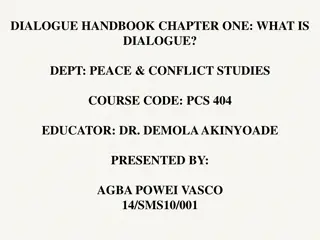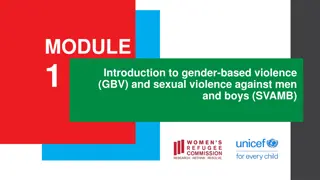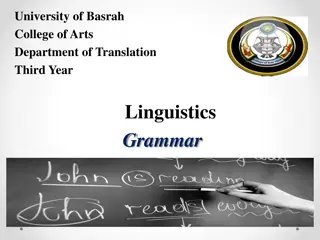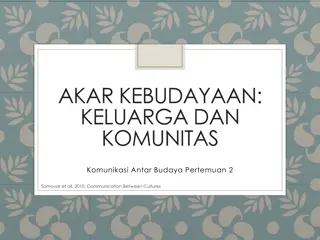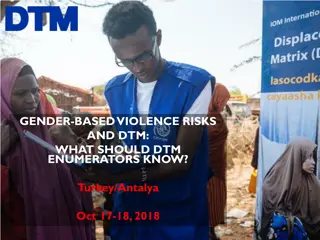Understanding Gloria Anzaldua and the Borderlands/La Frontera
Gloria Anzaldua, a scholar of Chicana cultural theory and a feminist visionary, explores the concept of new mestizas and a mestiza consciousness in her work "Borderlands/La Frontera: The New Mestiza." She discusses the experiences of individuals inhabiting multiple worlds due to their diverse identities, advocating for inclusivity. Anzaldua's writings touch on Chicana feminism, emphasizing the significance of embracing various subject positions related to race, class, gender, and more within borderland communities. The format of her work combines essays and poetry in English and Spanish, reflecting her personal borderland experiences and addressing socio-political issues in physical and transnational borderlands.
Download Presentation

Please find below an Image/Link to download the presentation.
The content on the website is provided AS IS for your information and personal use only. It may not be sold, licensed, or shared on other websites without obtaining consent from the author. Download presentation by click this link. If you encounter any issues during the download, it is possible that the publisher has removed the file from their server.
E N D
Presentation Transcript
Gloria Anzaldua Borderlands/La Frontera: The New Mestiza
Notices Please collect next term s reading pack. Please sign up for a presentation next week.
Anzaldua, scholar of Chicana cultural theory, feminist and queer theory feminist visionary spiritual activist poet-philosopher fiction writer
new mestizas and a mestiza consciousness People who inhabit multiple worlds because of their gender, sexuality, ethnicity, class, body, personality, spiritual beliefs, and/or other life experiences. more whole perspective, one that includes rather than excludes .
Chicana Feminists The Chicana feminist acknowledges the often vast historical, class, racial, and ethnic differences among women living on the border. Gloria Anzaldua s work was crucial in advancing, and takes a prominent place, in Chicana feminist theory because she argues for multiple subject positions race, class, gender, sexuality, immigration, language, religion and nationality.
Form Based on her personal experiences of growing up on the US-Mexican border 1st part of the book: essays that are variations on the theme of borderlands 2nd part of the book: poetry written in English and Spanish, each with variations Form of the text: uneven and multi-genre poetry, memoir ( autohistoria ), testimony, history, critical commentary
Spatial Borderland Physical/spatial/geographical borderlands as a transnational space: a third country Spaces b/w nations: US/Mexico border Spanish colonization in the 16th c; US colonization of Mexico in the 19th c (1848); 1910: Mexican revolution Neoliberal economic regime inaugurated by NAFTA (North American Free Trade Agreement) that gave rights to US corporations to set up factories in the borderlands Correspondingly, an increased surveillance of borders and migrants, undocumented workers impoverished under global capitalism (loss of land)
Language Bilingualism/multilingualism is an important aspect of transnational feminism How to tame a wild tongue critique of domination through official languages to speak is to transgress, to cross borders; writing as an act of self-creation language and experience; questions of literacy alphabetic and pictorial languages
Borderlands of history and fiction History, not linear but serpentine: using indigenous icons, traditions and rituals, from before European colonisation Material/ist history Histories of subaltern resistance Reinterpreting female figures from history, marked as traitors Autohistoria-teoria
Borders Borderlands as margins that have an epistemic privilege, a critical edge Breaking down of dualisms a new hybrid identity (native to America, but non-Western) a new hermeneutics The new subjectivity and consciousness of the borderlands A new cartography A new transnational feminist consciousness
Discussion Questions Read through the discussion questions in pairs or small groups and get ready to share some ideas.


